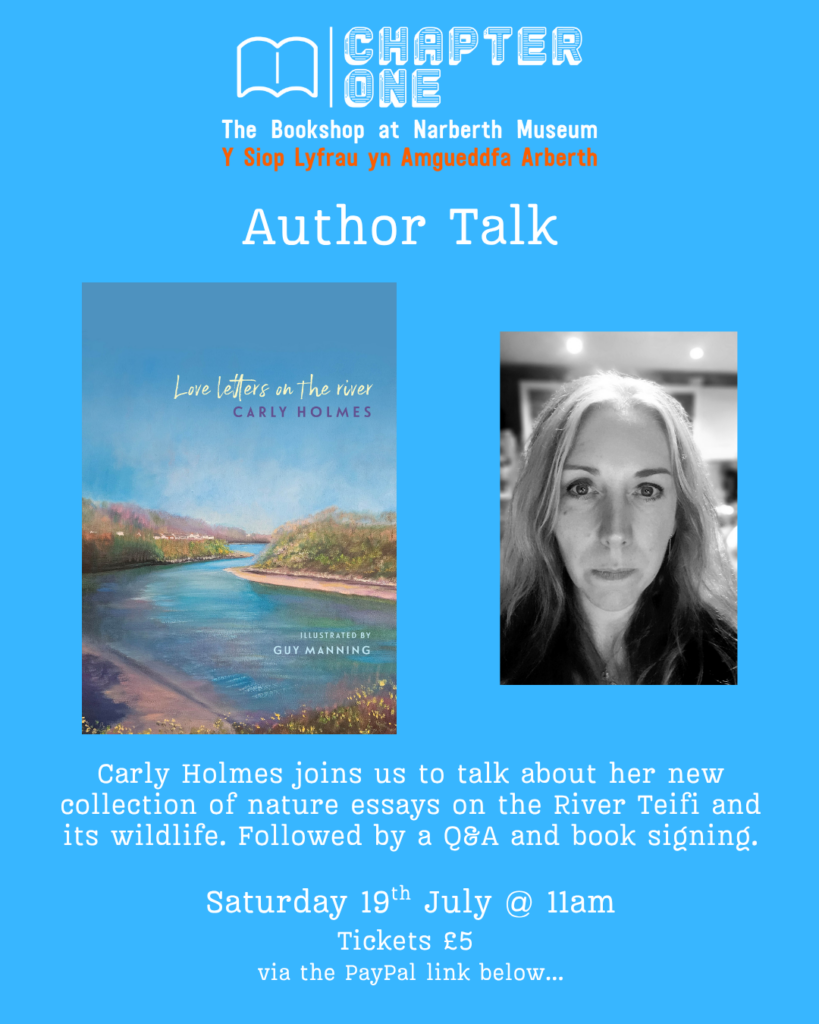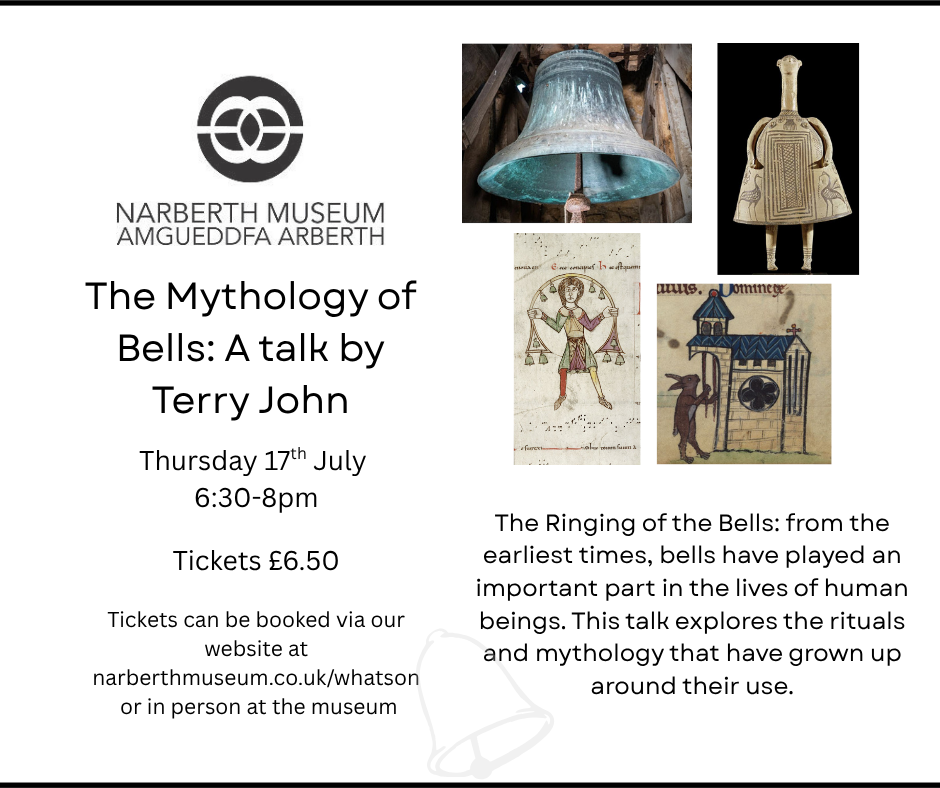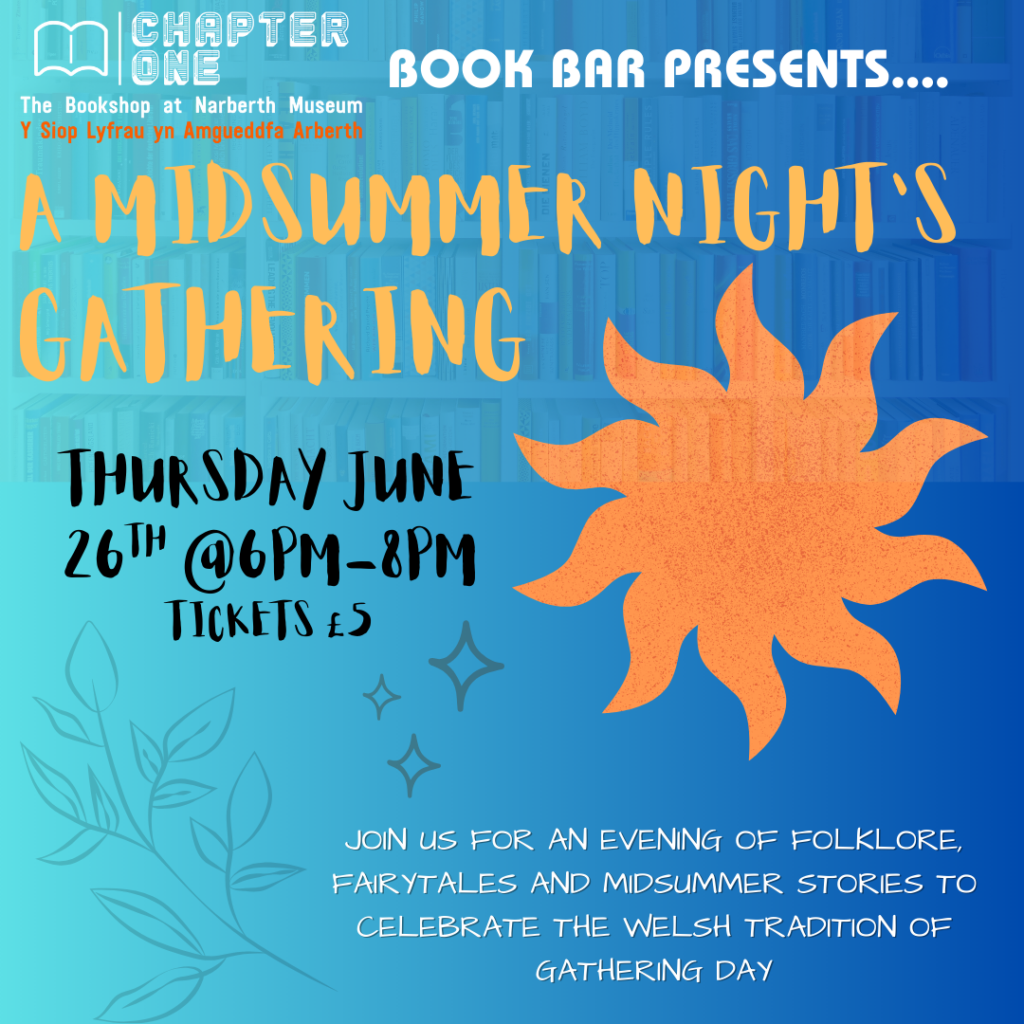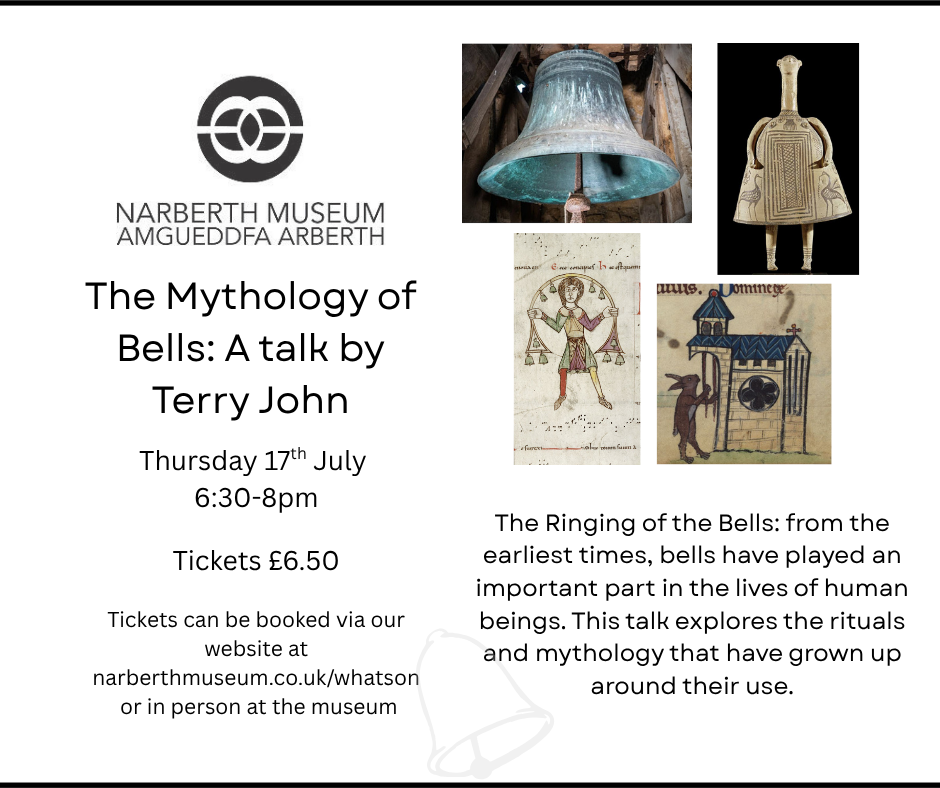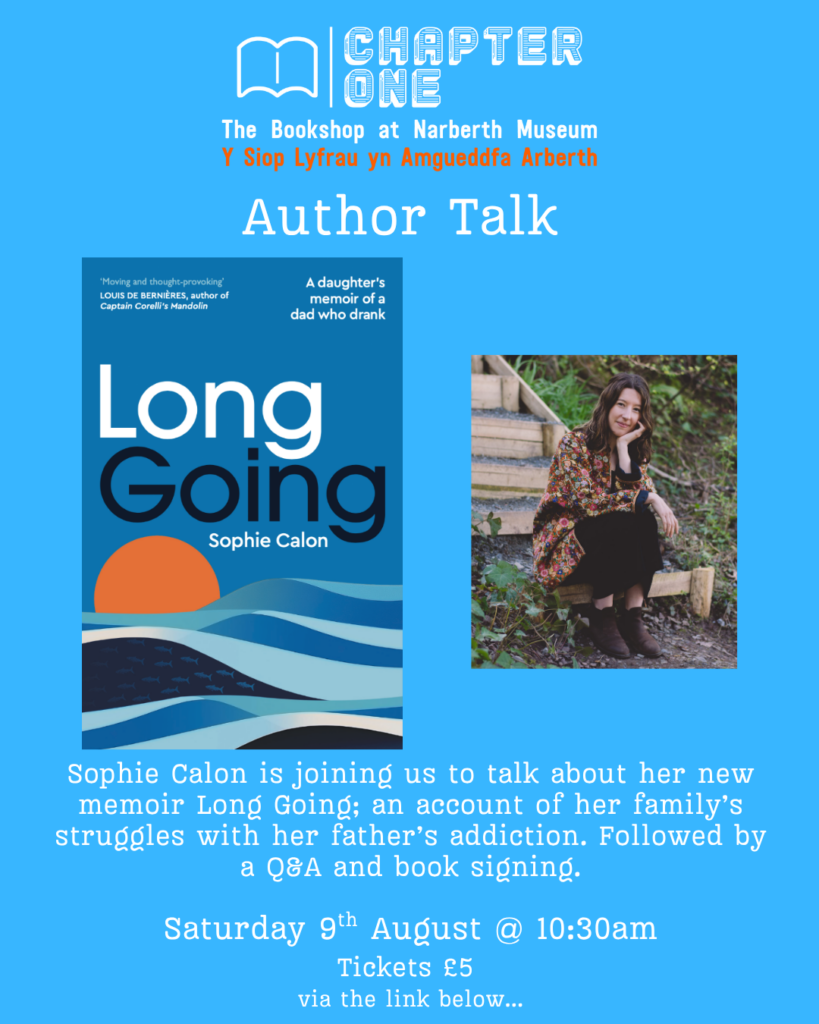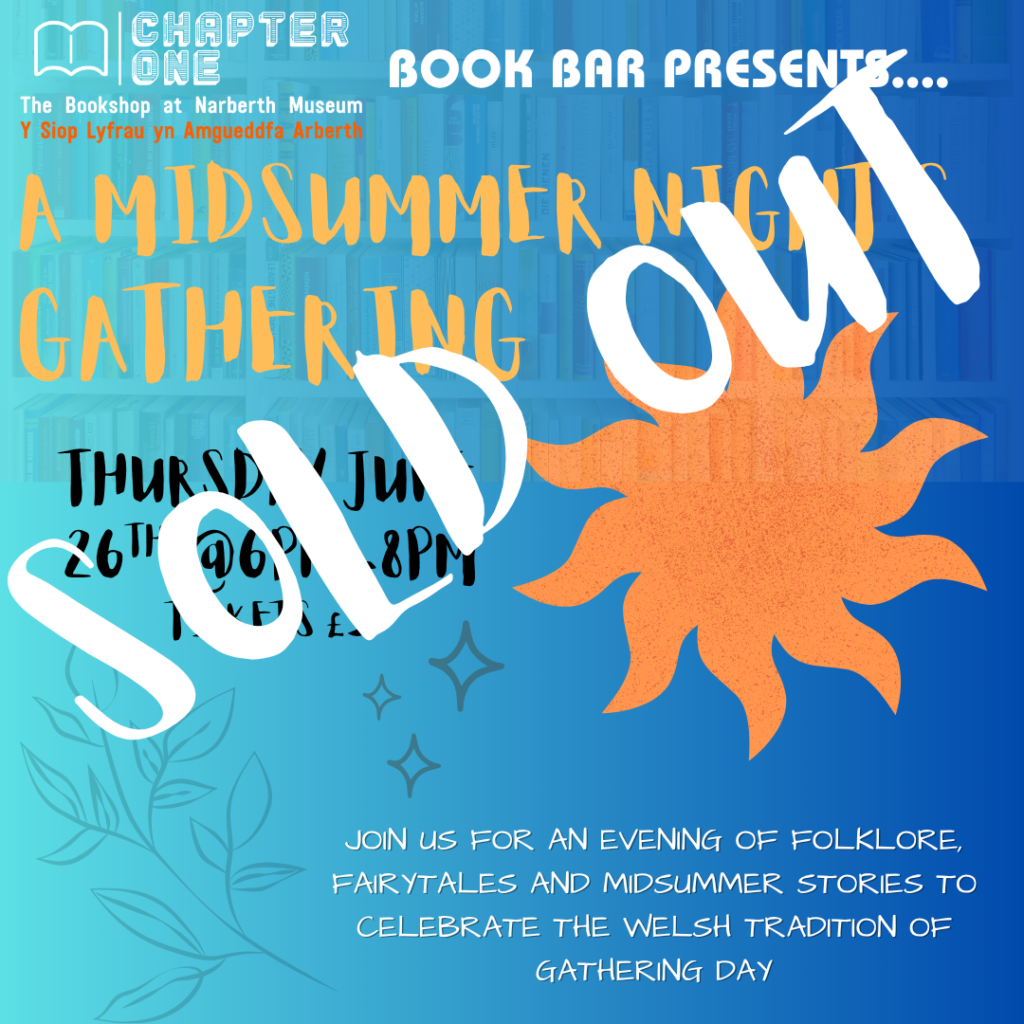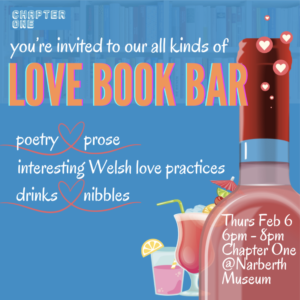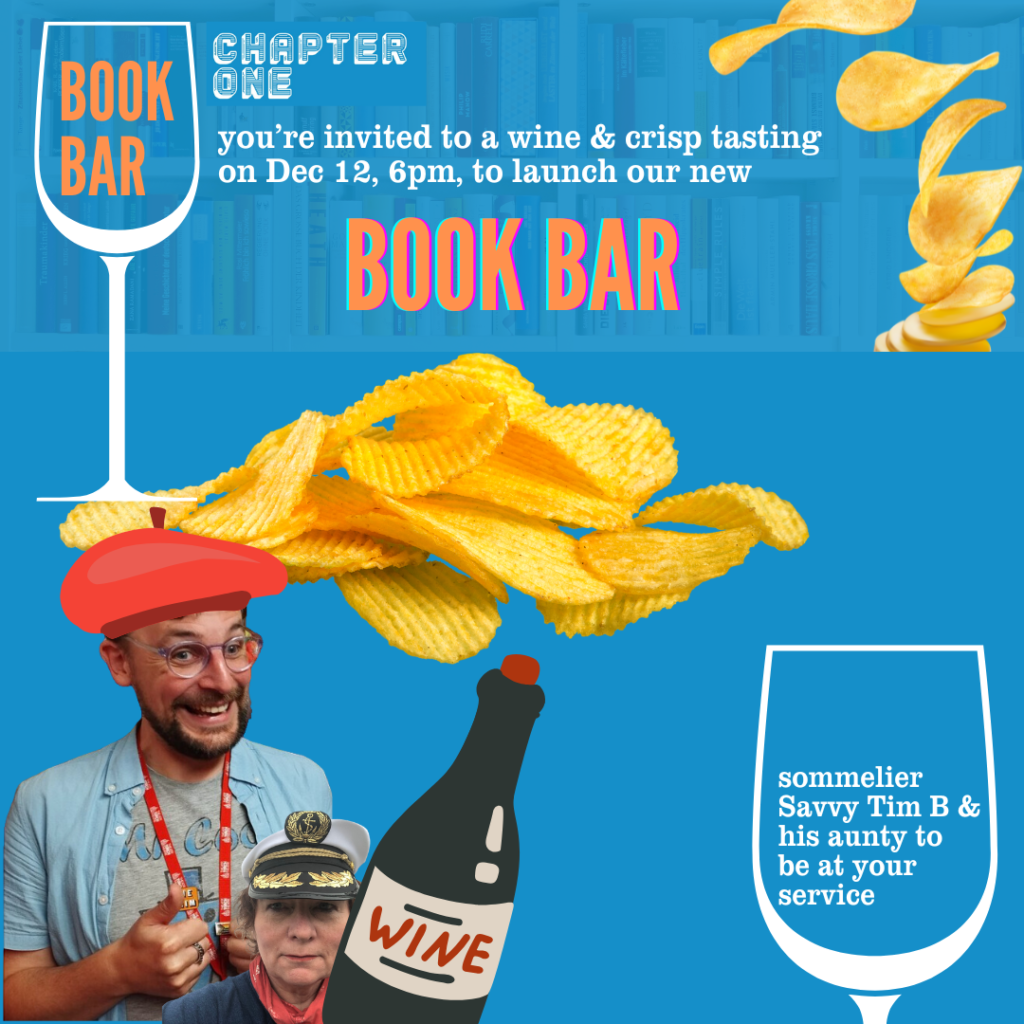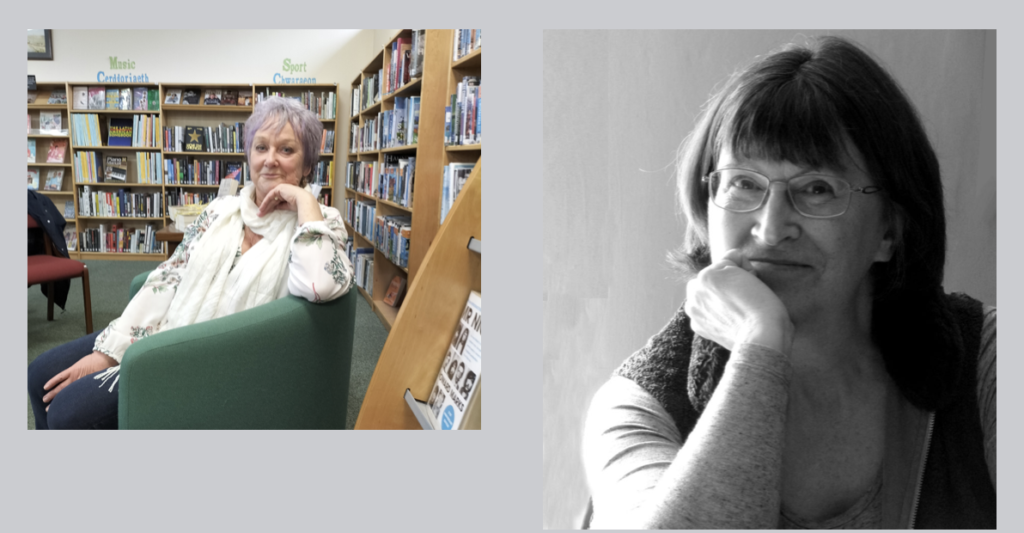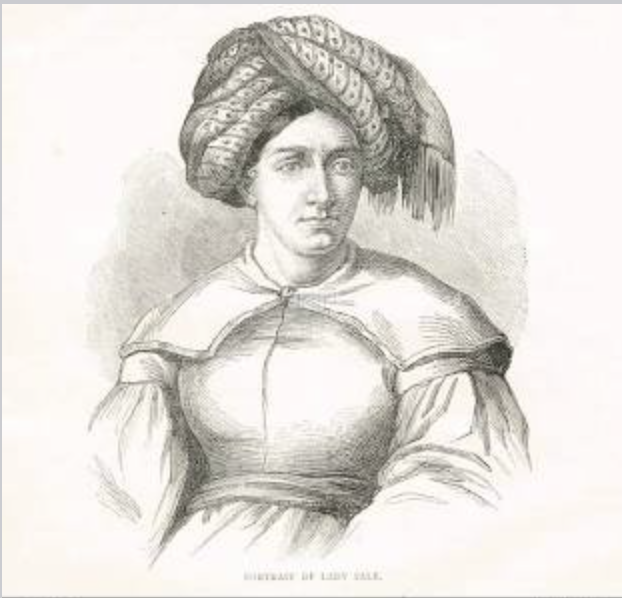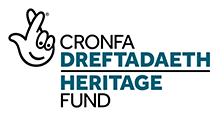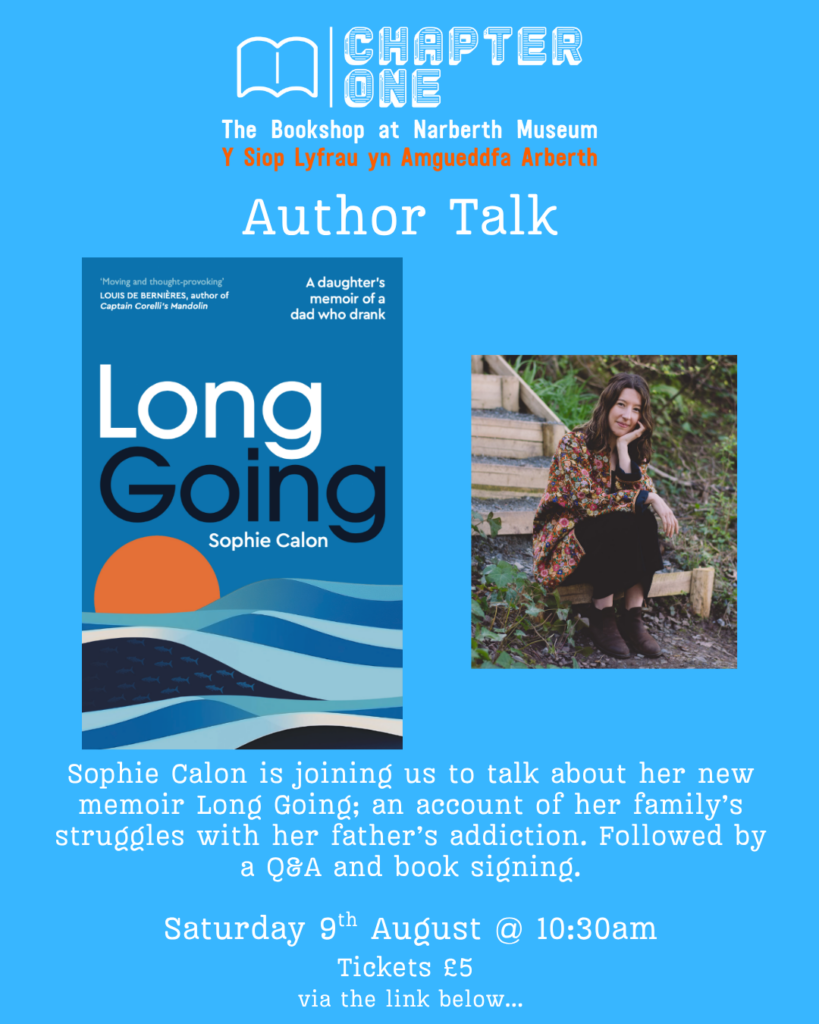
We’re looking forward to Sophie Calon joining us at Chapter One on Saturday 9th August to talk about her book Long Going, a searingly honest memoir about her father’s addiction and her family’s struggles with it.
Sophie will give a reading followed by a talk that touches upon the themes of resilience and wellbeing that play such an important part in her story. There will then be a Q&A and book signing.
Sophie Calon was born and raised in Cardiff. State-educated, Sophie studied Classics at Oxford University then trained as a journalist in her hometown. Her writing has been published in The Guardian, The TLS, Literary Review, and the anthology Tales of Two Londons. Her story Cantlos was runner-up for the 2021 Wild Writing Prize and published by Short Fiction. Sophie lives with her husband, daughter, cats and cows on a hilltop near Hay-on-Wye, where they are returning nature to their surroundings.
Click on the link to book your tickets: https://www.paypal.com/ncp/payment/YPFPJYFKJ65Y2

